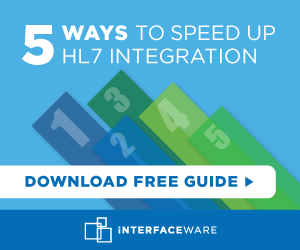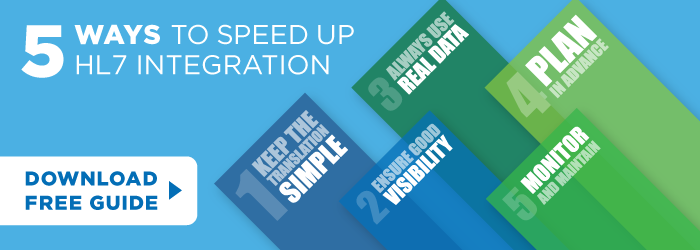I had the pleasure of catching up with James Agnew from the University Health Network on Thursday.
James is one of principle maintainers of the popular open source HAPI Java toolkit. He and the rest of the HAPI community have been promoting a new simple transport mechanism for sending HL7 securely across the internet using the HTTP protocol.
It’s a great idea. It will be very good to have an officially standard ‘blessed’ transportation standard like this.
Previous web based transportation technologies for HL7 has been very heavy complex affairs using SOAP and othersuch complexity. There have been solutions like PHINMS which while well meaning ended up adding additional burdens of running new software at many sites. It was not a easy standard to incorporate directly into most interface engines.
In the commercial world there is a hodge-podge of vendors using VPN connections, secure FTP and other adhoc approaches like using ‘user agents’. We have had quite a few customers using Iguana in this manner while others use VPNs.
Making an HTTP standard for transmitting HL7 would greatly simplify things since then hospitals could just use their own interface engine for their end of the connection (assuming they are running something reasonably up to date). This is a much simpler and easier to maintain solution than what people do currently.
I am all for this new standard. It is another positive sign that HL7 is getting a lot more pragmatic – this will be good for the healthcare IT industry.
Incidentally Iguana is already capable of supporting the new standard – it’s just a few lines of Lua code.
You can read more about the new proposed standard from HAPI’s website here:
http://hl7api.sourceforge.net/hapi-hl7overhttp/specification.html


